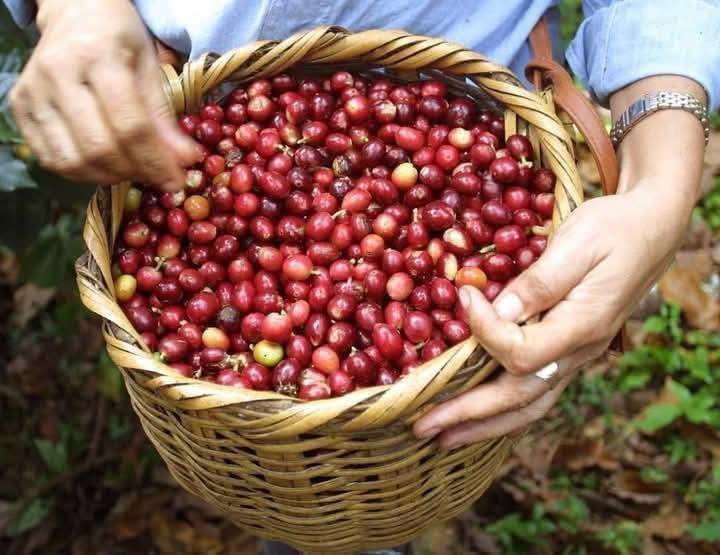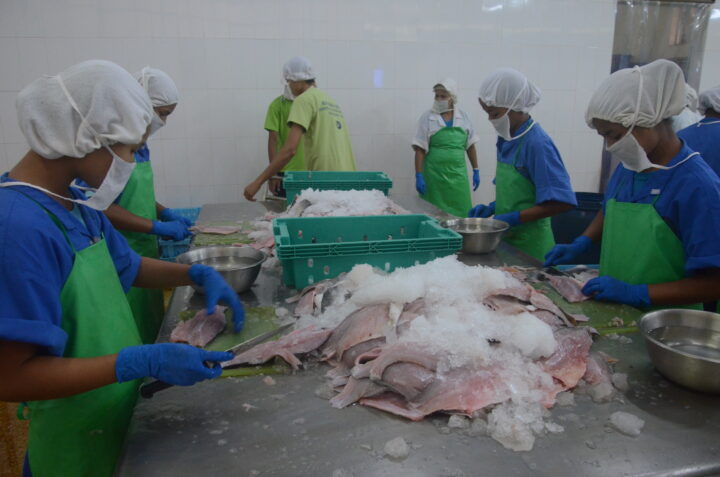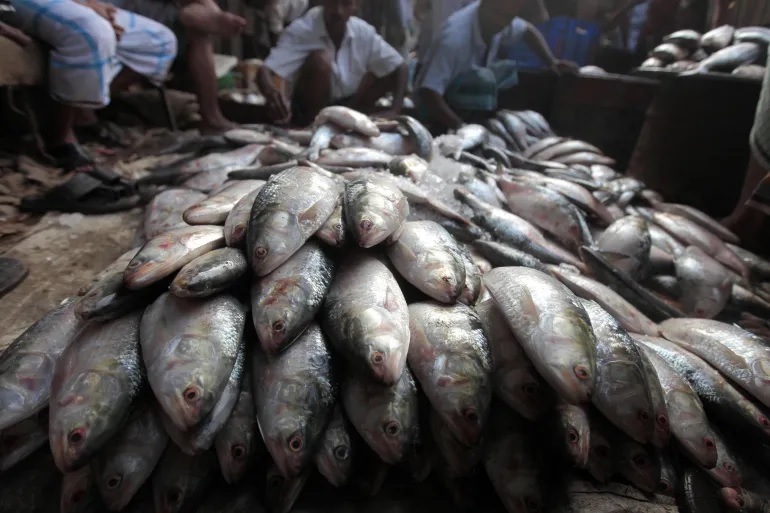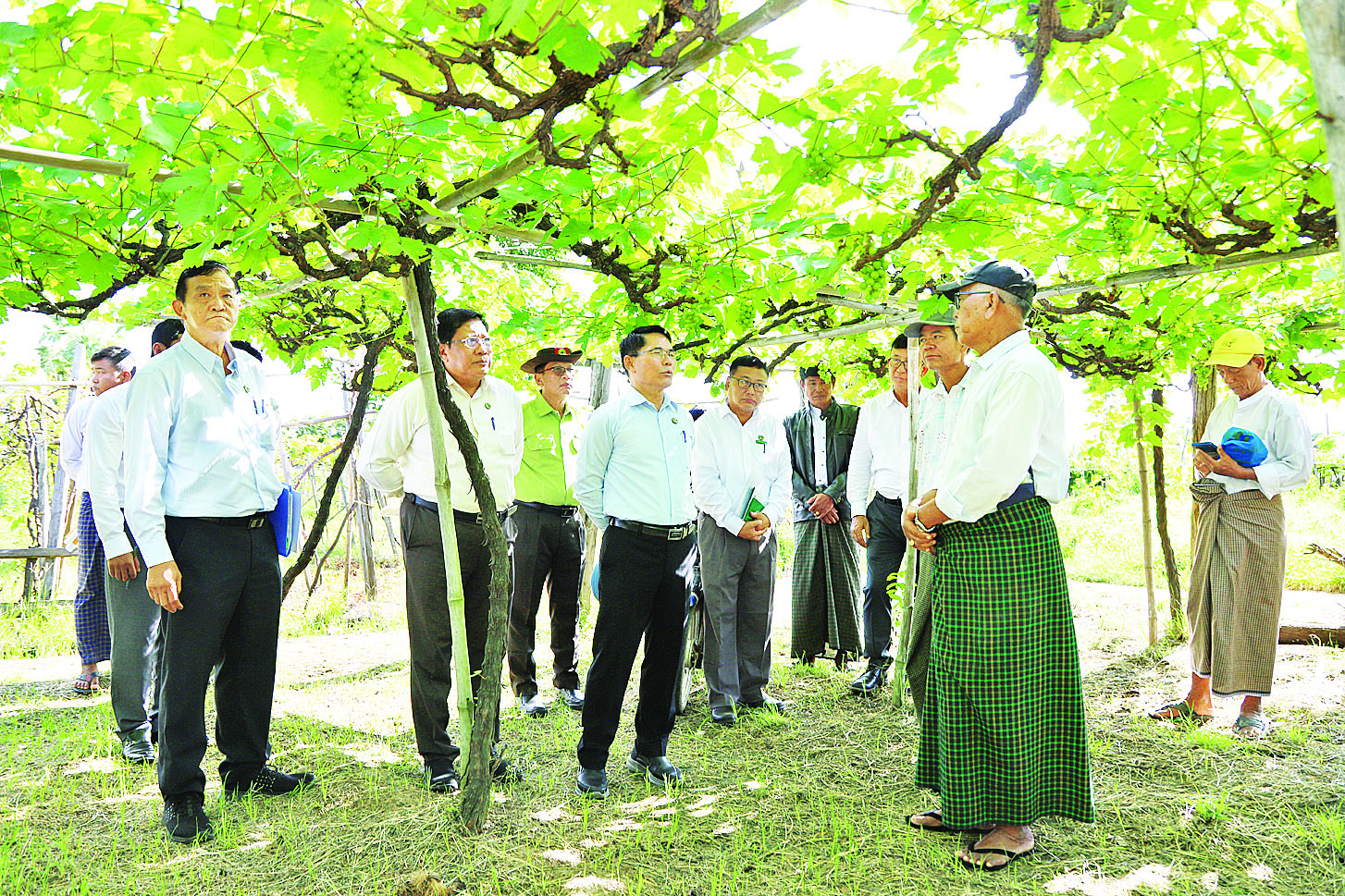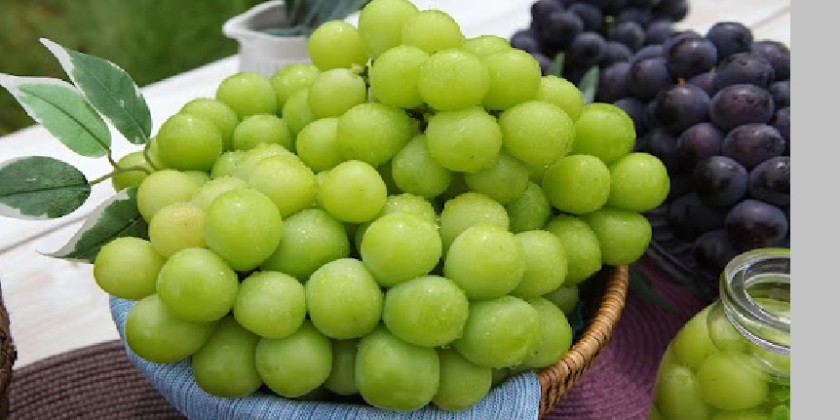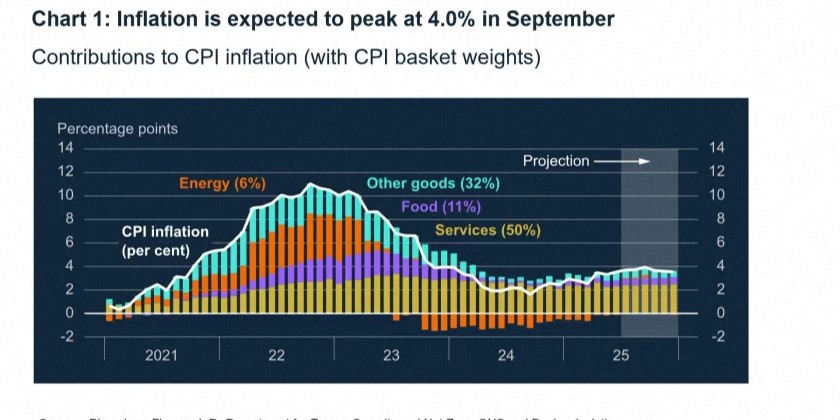Technology distribution planned for cultivation of lowland coffee varieties
The Ministry of Agriculture, Livestock, and Irrigation has announced that technology will be provided to families interested in growing coffee, either at a manageable scale for families or for commercial purposes, in areas where the lowland coffee variety is predominantly cultivated.
Five lowland coffee varieties with a maturity of one year and eight months and five with a maturity of 10 months, all successfully grown in the lowland, are being experimentally cultivated in Nay Pyi Taw. The ministry announced a production chain development plan to promote organic coffee production, highlighting its suitability for cultivation on a manageable scale in family patches.
Those interested in cultivating these lowland coffee varieties, either for family or commercial purposes, can contact the Coffee and Seasonal Crops Division of the Department of Agriculture for seeking technology and assistance.
In Myanmar, coffee is cultivated in two distinct ways, depending on the altitude above sea level. Highland coffee primarily consists of C. arabica, while lowland coffee is mainly C. robusta and C. liberica. The most common lowland coffee varieties are C. robusta and C. liberica.
Highland coffee varieties are grown at elevations between 2,700 and 5,400 feet above sea level, while lowland coffee varieties are cultivated at elevations from 0 to 2,700 feet. In Myanmar, highland coffee is grown in Shan, Chin, Kayah, and Kachin states, as well as the Mandalay Region, whereas lowland coffee is cultivated in Kayin and Mon states, along with the Sagaing and Taninthayi regions. — ASH/TH
Source: The Global New Light of Myanmar

